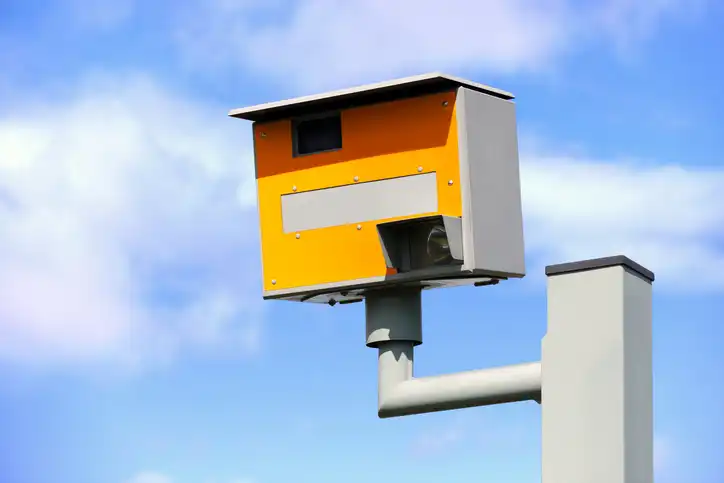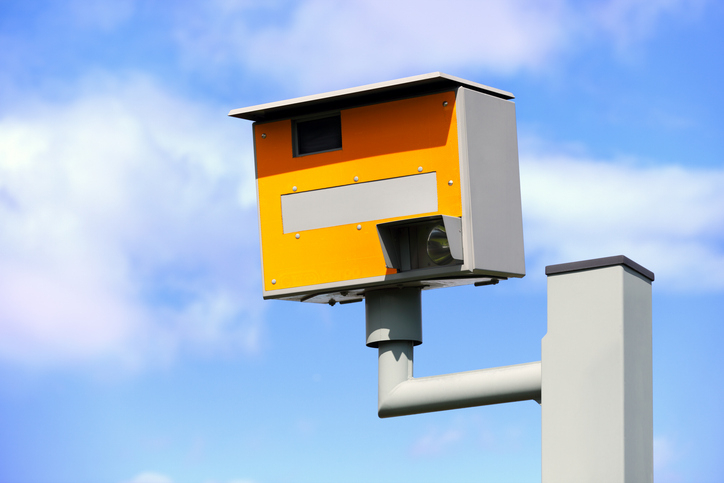
Wondering how far over the speed limit you can go without getting caught? You’re not alone. Loads of drivers assume there’s a bit of leeway, but relying on guesswork or urban myths could land you with points, a fine, or even a ban.
Just ask Emma Watson. The Harry Potter star was banned from driving last week after racking up 12 points on her licence, the final nail being a 38mph-in-a-30 offence in Oxford last year.
And now, experts at BigWantsYourCar.com are warning drivers not to assume there’s a “safe” buffer when it comes to speed limits.
"We regularly speak with drivers who think there’s a guaranteed buffer – but the truth is, as soon as you exceed the speed limit, you’re technically breaking the law," said a spokesperson for the car valuation company.
How Speed Cameras Actually Work
Speed cameras aren’t just the old-school flashing boxes anymore. Most are digital now - no film, no flash, no warning. Some even track your average speed over several miles. There are also mobile units operated manually, which means relying on a flash to know you’ve been caught is a risky move.
What do they record?
- Your exact speed
- Time and location
- Vehicle reg
- Speed limit on that stretch
- And sometimes, a clear image of who’s in the car
What Speed Triggers a Fine?
Forget the “10% plus 2mph” rule you might have heard. That’s not a legal rule. It’s just guidance from the National Police Chiefs’ Council. Enforcement can vary by area or officer, and some cameras will nail you for doing 31 in a 30 zone.
"The idea that you’re safe doing 35mph in a 30 zone is one of the biggest myths we hear," the expert added. "Technically, you’re liable for a fine the moment you go even 1mph over the limit.”
Fixed vs Mobile Cameras
Fixed speed cameras usually have a set trigger, though they never publish the exact threshold. Mobile speed units are more unpredictable. They’re often placed in accident-prone areas, and officers operating them tend to come down harder.
The punishments? They range from £100 fixed penalties and three points to a full-blown court date. Rack up 12 points, and you could be banned just like Emma Watson.
The Bottom Line
"Don’t gamble with the grey area," says BigWantsYourCar.com. "If you’re even slightly over the limit, you’re putting your licence, insurance, and safety at risk. No journey is worth that.”
And in case you need a refresher, the standard UK speed limits are:
- 30mph in built-up areas
- 60mph on single-carriageways
- 70mph on dual carriageways and motorways
Bottom line? Stick to the limit. The ‘buffer’ you think exists might not save you.




